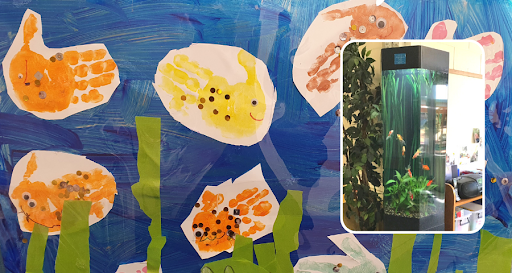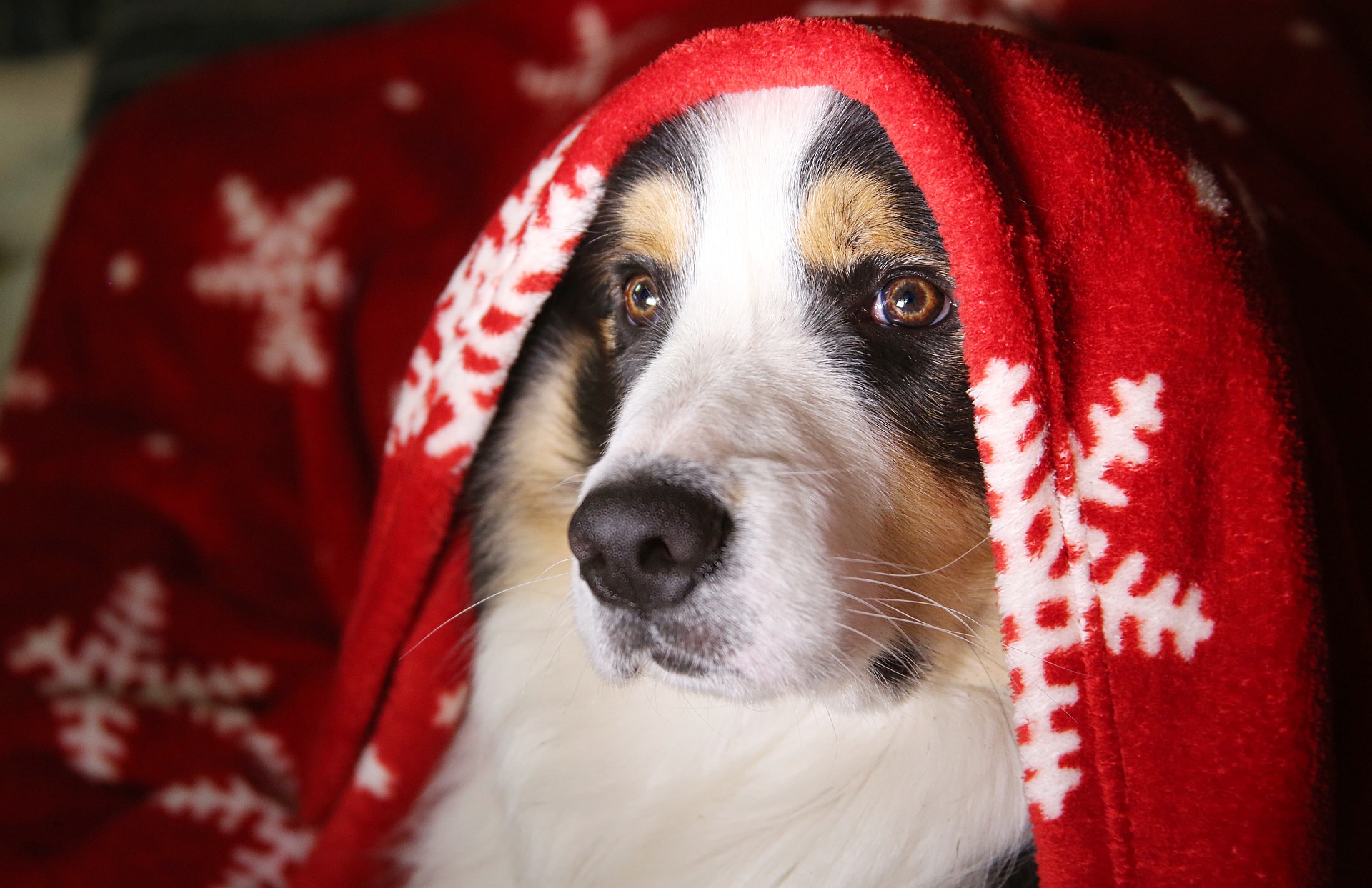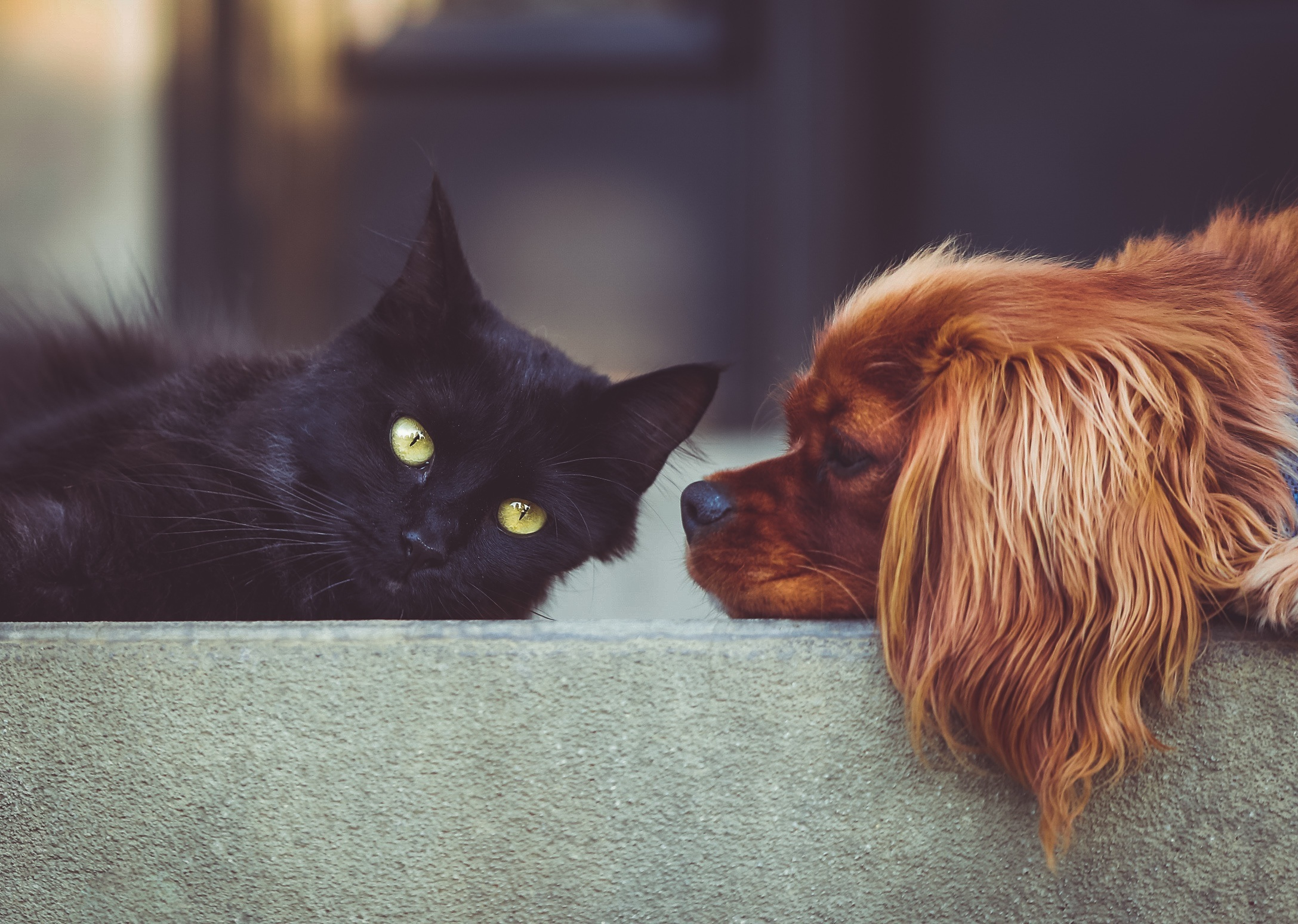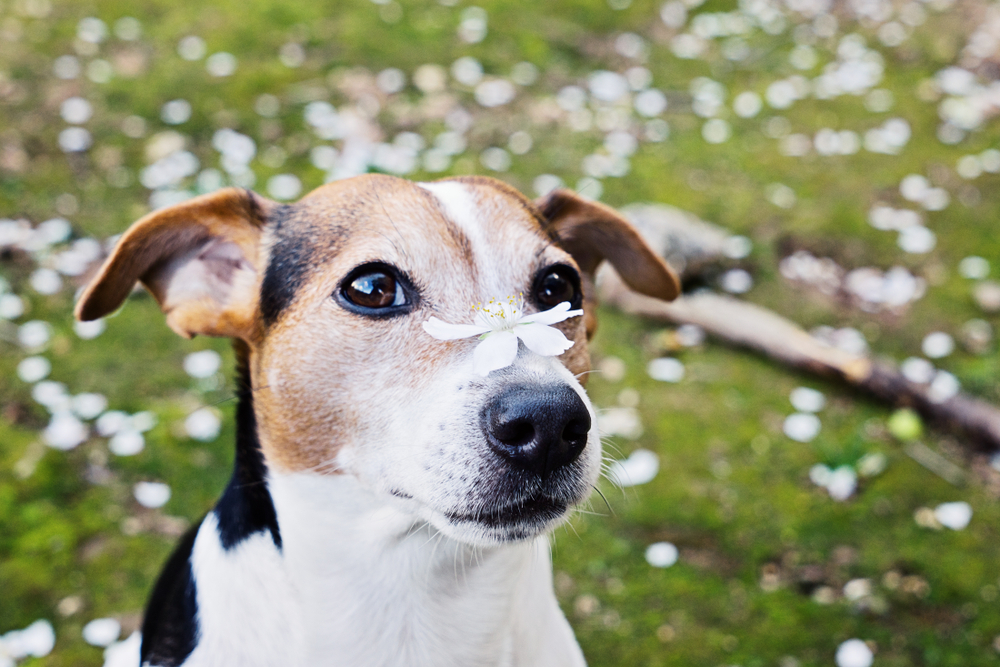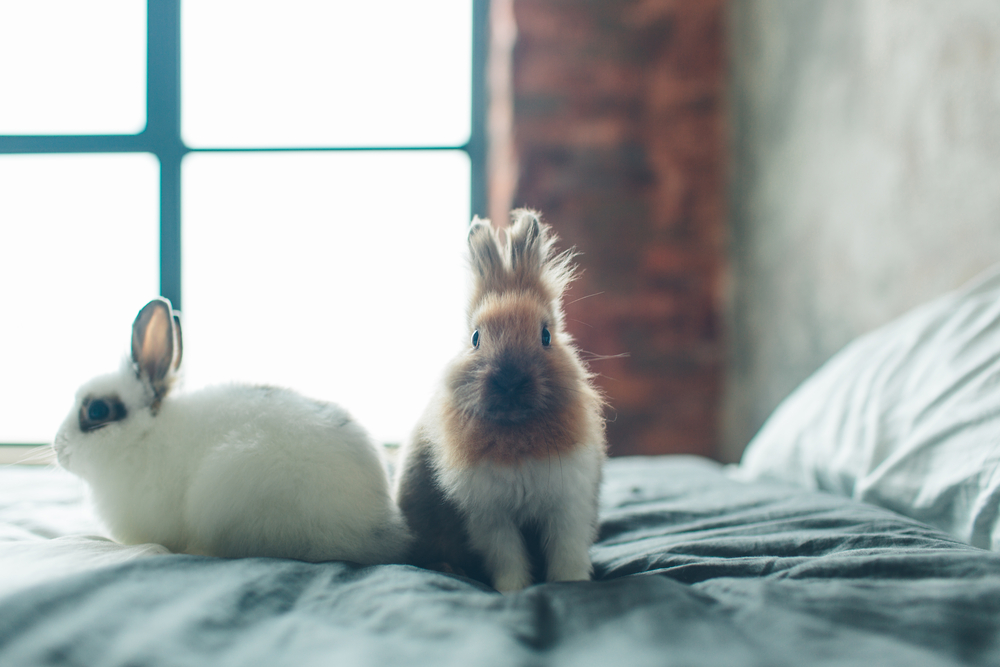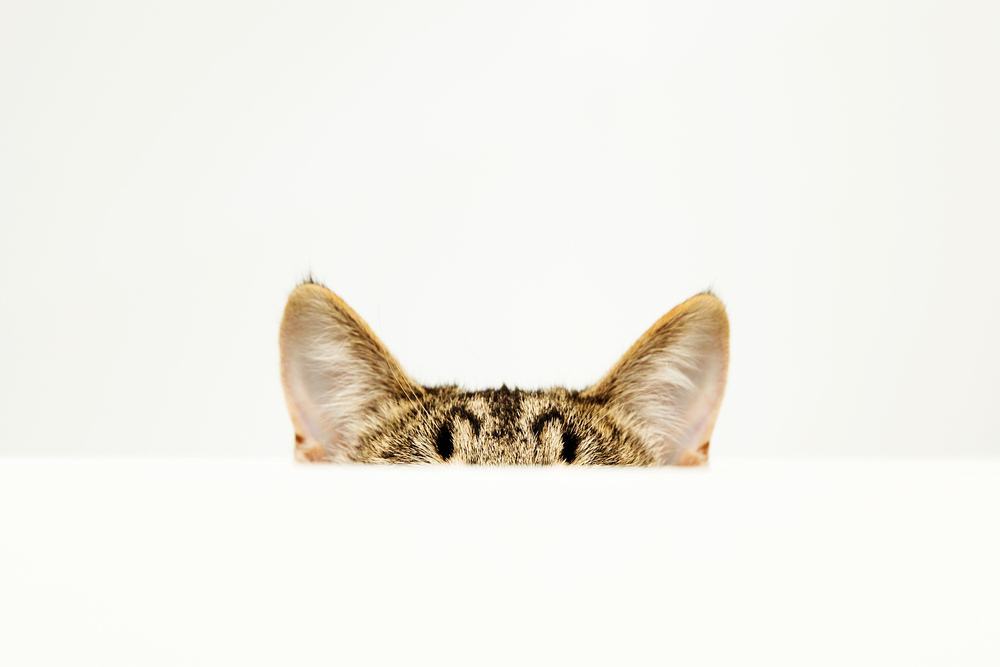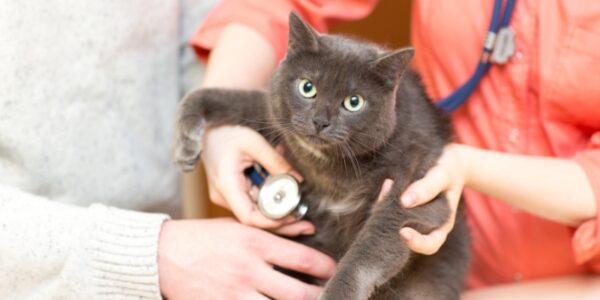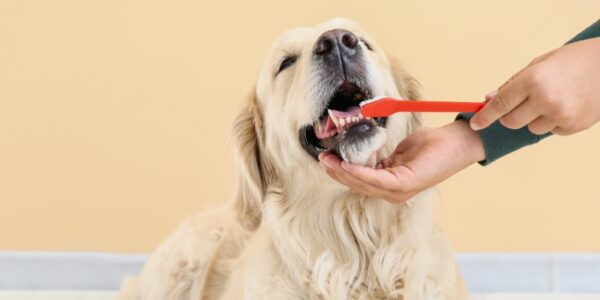We are very pleased to announce our sponsorship of Templestowe Valley Preschool’s aquarium. Staff at Templestowe Valley have found that the new classroom addition provides a calming distraction, stimulating young...
Read More
Category: Uncategorized
-

-
 We’d like to help make sure your pet stays happy and healthy this silly season so here’s a list we’ve compiled of the ‘Twelve Pet Hazards of Christmas’: Christmas can be a risky time for your pet. There is...
We’d like to help make sure your pet stays happy and healthy this silly season so here’s a list we’ve compiled of the ‘Twelve Pet Hazards of Christmas’: Christmas can be a risky time for your pet. There is...
Read More -
 Vaccination is one of the most powerful tools we utilise to help keep your pet healthy. Vaccinations are safe. They have minimal (if any) side effects and we recommend you vaccinate your pet because, above all,&n...
Vaccination is one of the most powerful tools we utilise to help keep your pet healthy. Vaccinations are safe. They have minimal (if any) side effects and we recommend you vaccinate your pet because, above all,&n...
Read More -
 Spring season is allergy season for pets so keep an eye out for skin irritations and inflammation, excessive scratching and respiratory issues. In particular, we want to highlight three types of allergies which l...
Spring season is allergy season for pets so keep an eye out for skin irritations and inflammation, excessive scratching and respiratory issues. In particular, we want to highlight three types of allergies which l...
Read More -
 Winter is here! Here are some handy tips on preparing your pets for another chilly Melbourne winter: • Remember that even though your pet has a fur coat, they still feel the cold. • Ensure your pet has a...
Winter is here! Here are some handy tips on preparing your pets for another chilly Melbourne winter: • Remember that even though your pet has a fur coat, they still feel the cold. • Ensure your pet has a...
Read More -
 With all the recent rain, we have seen an increase in the number of dogs coming into the clinic suffering from ear infections. Dogs and cats have L shaped ear canals that easily trap moisture. This then create...
With all the recent rain, we have seen an increase in the number of dogs coming into the clinic suffering from ear infections. Dogs and cats have L shaped ear canals that easily trap moisture. This then create...
Read More -
 Snakes! As we are heading out to enjoy the warmer weather, so are the snakes that we share our parks and river areas with. Snakes seek out warm places to sun themselves as well as an ongoing supply of food a...
Snakes! As we are heading out to enjoy the warmer weather, so are the snakes that we share our parks and river areas with. Snakes seek out warm places to sun themselves as well as an ongoing supply of food a...
Read More -
 October to March is snake season in Melbourne – our pets are most at risk from tiger and brown snakes. To avoid you or your pet being bitten: Control mice and other vermin which may attract snakes (but be ve...
October to March is snake season in Melbourne – our pets are most at risk from tiger and brown snakes. To avoid you or your pet being bitten: Control mice and other vermin which may attract snakes (but be ve...
Read More

